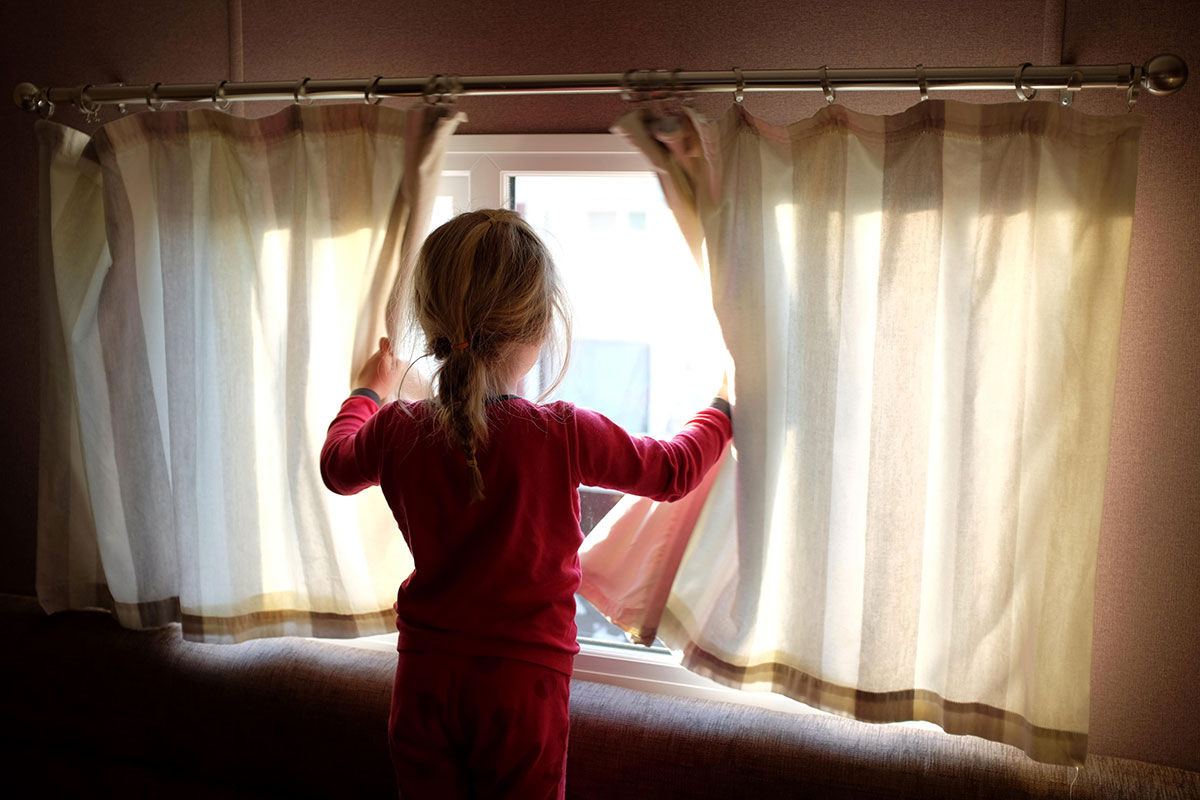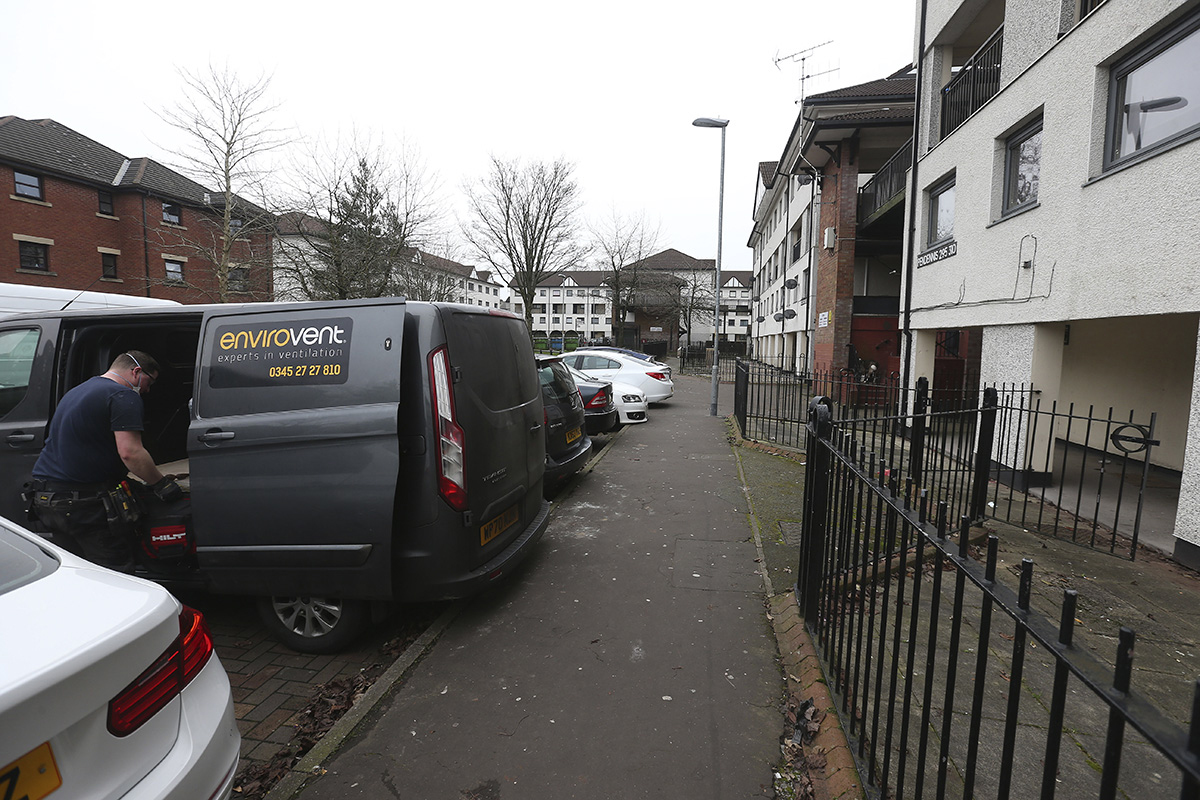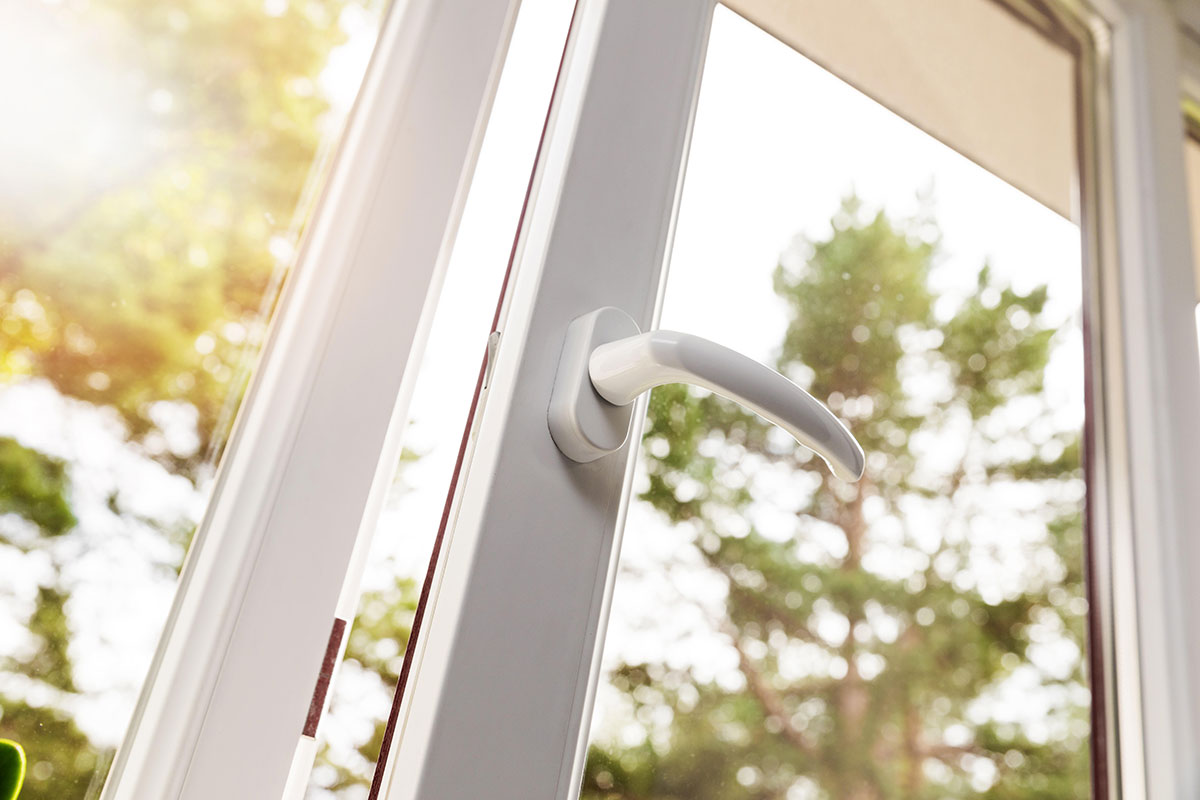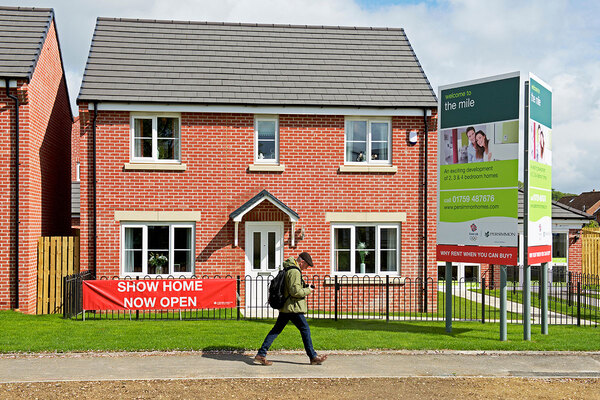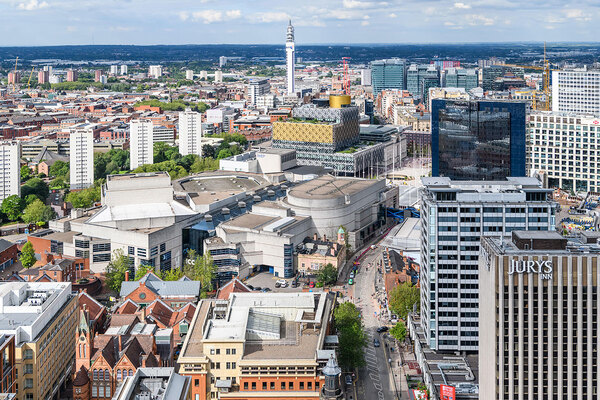Understanding the impact that poor indoor air quality can have on residents
A well-ventilated home means the air you breathe is less likely to be polluted or contribute to health issues. Inside Housing speaks to two experts – Chris Jones chief executive at HomeLINK and Olga Turner Baker managing director and co-founder of Ekkist – to find out what social landlords can do to ensure their homes are safe places to live

In association with:
![]()
The links between indoor air quality and human health are more apparent than ever, scientifically and, tragically, at an individual level following the death of two-year-old Awaab Ishak as a result of prolonged exposure to mould in his housing association home. The better we understand these links, the more landlords and residents can do to prevent and allay the impacts of poor indoor air quality. And digital technology offers the tools to achieve this.
Inside Housing speaks to Chris Jones, chief executive at indoor air monitoring technology provider HomeLINK, and Olga Turner Baker, managing director of built environment design consultancy Ekkist, to find out more.
What are the key components to the quality of air being reduced in the home?
CHRIS JONES: When you’re indoors and you’re breathing air that isn’t being refreshed from outdoors, there are a lot of things you do every day at home that might contribute to reducing the air quality. For example, if you’re cooking or have the heating on, you can create a lot of pollutants – that includes PM2.5, which are particles that aren’t visible to the naked eye from the combustion of solid and liquid fuels or mould spores, or the particles that are created by dust mites. These are the most common pollutants; they can enter your lungs and bloodstream and lead to serious health issues.
Carbon monoxide can be another problem in the home. It’s a colourless, odourless, poisonous gas that is much more prevalent than people realise. Even a small amount can cause significant mental and physical health problems.
What impact can poor indoor air quality have on residents?
CJ: If your home is cold, this can exacerbate respiratory issues, allergies and skin problems such as eczema. High humidity levels can cause issues with mould in the home and the spores create very fine particles which can cause major health problems. If humidity is too low, it creates an environment in which viruses are more easily transmitted. Recent research from the government’s Committee on the Medical Effects of Air Pollutants has suggested that poor air quality, particularly the presence of PM2.5, is linked to dementia.
OLGA TURNER BAKER: Poor indoor air quality is reported to have an annual cost to the UK of 204,000 healthy life years, according to 2020 NICE Guidance on Indoor Air Quality at Home. Around 45% of those are lost to cardiovascular disease, 23% to asthma and allergies, and 15% to lung cancer. Poor ventilation can lead to high levels of CO2 in the home; in a Harvard COGfx study, people reported feeling drowsy and found it hard to concentrate after sleeping in a room with high levels of CO2.
Poor air quality is also linked strongly to inequality. The most vulnerable in our society are more likely to live in unhealthy homes that are damp, energy inefficient, poorly ventilated and overcrowded, according to a study by Tackling the Root causes Upstream of Unhealthy Urban Development. The study found that more than one in four adolescents living in cold homes are at risk of multiple mental health problems, compared with one in 20 living in warm housing.
What impact can it have on the property?
OTB: When damp or mould is found in a property, it’s sometimes the inhabitants who are blamed for not ventilating the property or drying clothes indoors. However, it could be caused by a leak or an underlying structural problem which, if not taken care of at an early stage, will cost a lot of money later on. Leaky guttering, for example, can allow rainwater to soak into the internal wall, and that can cause mould on the wall. So if landlords can solve the underlying cause at that early stage, they could save a lot of money.
How can it be achieved and sustained?
CJ: HomeLINK’s devices are able to give landlords an insight into how well ventilated and energy efficient each home is and what the air quality is like in terms of ventilation. We’re giving them a lot of tools to be able to identify and solve any of these issues.
For residents, we have an app connected to the sensors that focuses on the factors they care more about. It monitors temperature, humidity and CO2 levels. In addition, it can tell residents if their fire safety systems are working and what to do about it if they’re not. It gives people advice on how to reduce humidity if it’s too high, or how to be more energy efficient to help them save money, or to help reduce damp and mould.
Residents can monitor and improve their indoor air quality, while landlords can use these tools to bring about a data-driven strategy that’s going to have a much greater long-term impact rather than a constant sticking-plaster approach.
How can landlords work with residents to address these issues?
CJ: To take the example of damp and mould, which is a huge indoor air quality issue, the Housing Ombudsman has said landlords need to be transparent with residents about their process following a complaint.
That’s one of the reasons we created the app, as it not only helps landlords tick a lot of boxes in terms of solving the issue and using data more effectively, as has been requested by the ombudsman, but the resident has this data from the app, too, and can act on it. It becomes more about working together rather than a paternalistic relationship.
OTB: User education and ongoing, properly displayed air quality monitoring that is easy to understand can help residents combat poor indoor air quality. Social landlords need to consider how this information is provided, and they need to take an active role themselves in managing domestic air quality.
What can housing providers and developers do to improve air quality in their homes going forward?
OTB: In new housing or through deep retrofit, air quality should be considered and factored into the design and construction process in the early design stages. It should be considered when selecting a site by monitoring air quality levels, with air quality requirements and interventions then incorporated into development and design briefs. This can be achieved through pollution-capture technologies and robust indoor mechanical ventilation systems with added air filtration. Materials specification should also support good air quality, through suitable low-volatile organic compound (VOC) and non-toxic building materials. Once construction is completed, any mechanical systems not already protected should be thoroughly flushed to remove any residual particulate matter from construction work, as well as VOCs emitted by insulation materials, paints and finishes.
Finally, residents need to be informed and educated about how to optimise the air quality within their homes – such as through smart building systems that monitor air quality, provide alerts and go into boost mode when limits are breached in terms of humidity, temperature, dust, VOCs or CO2 levels.
